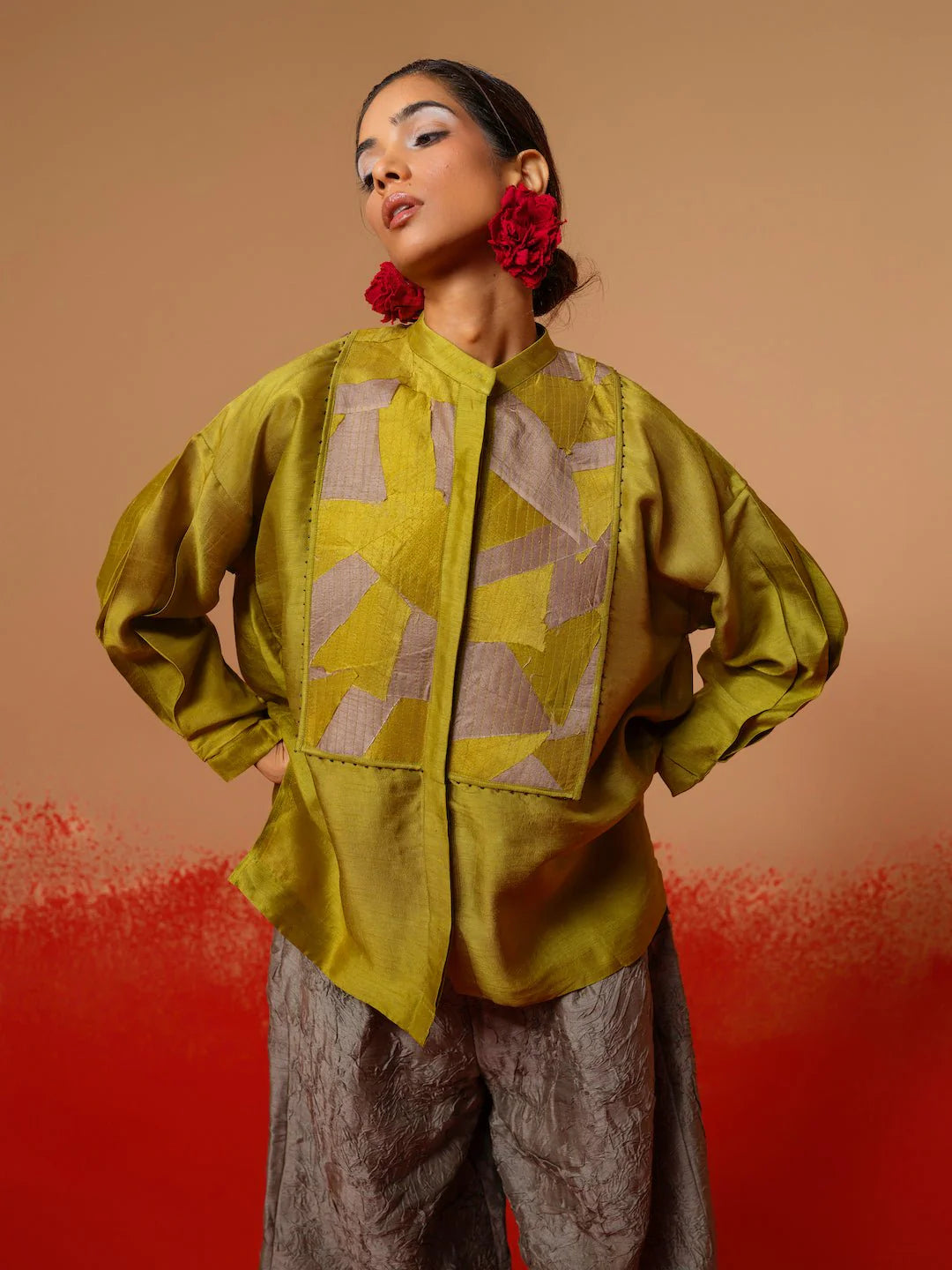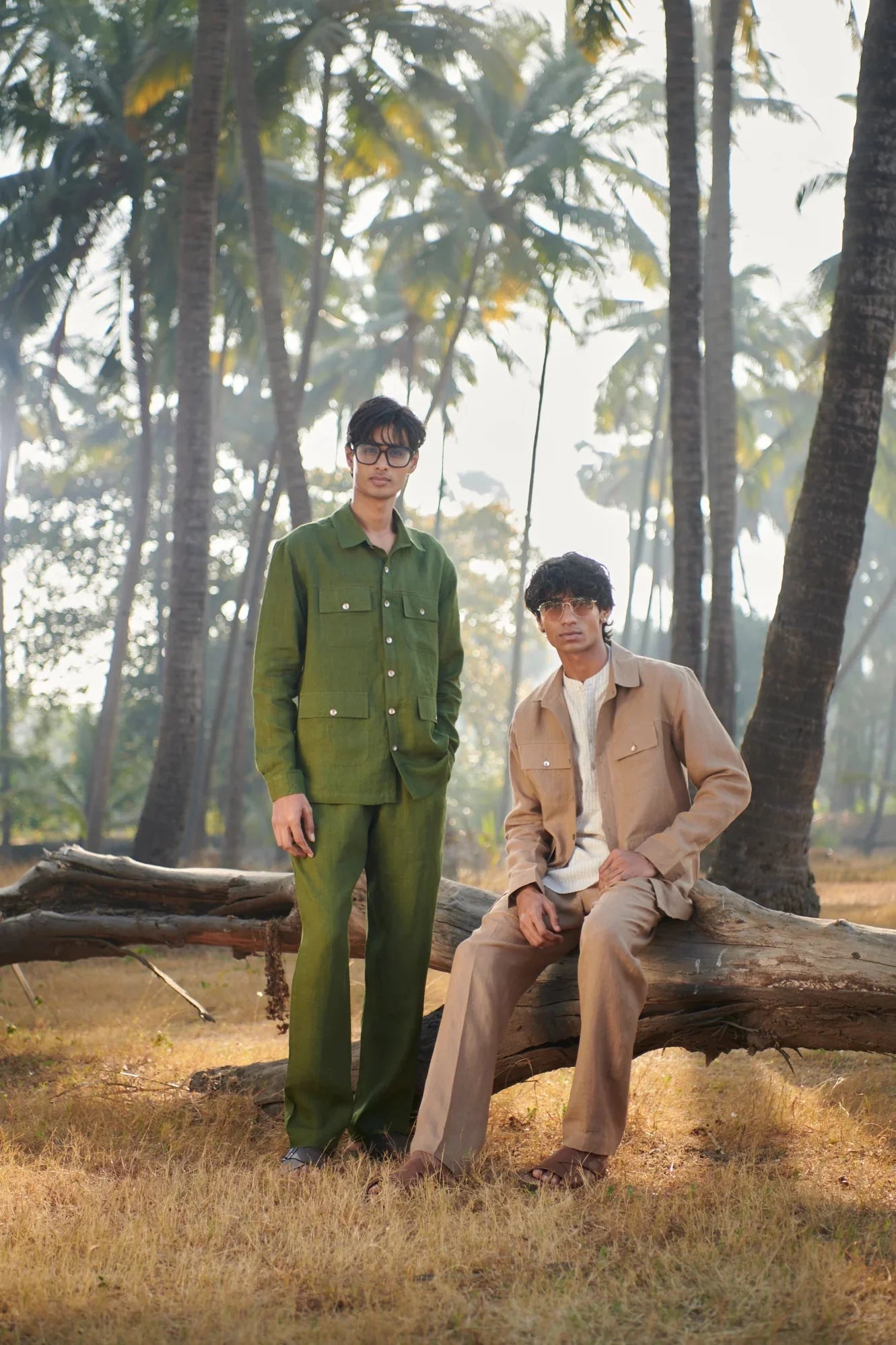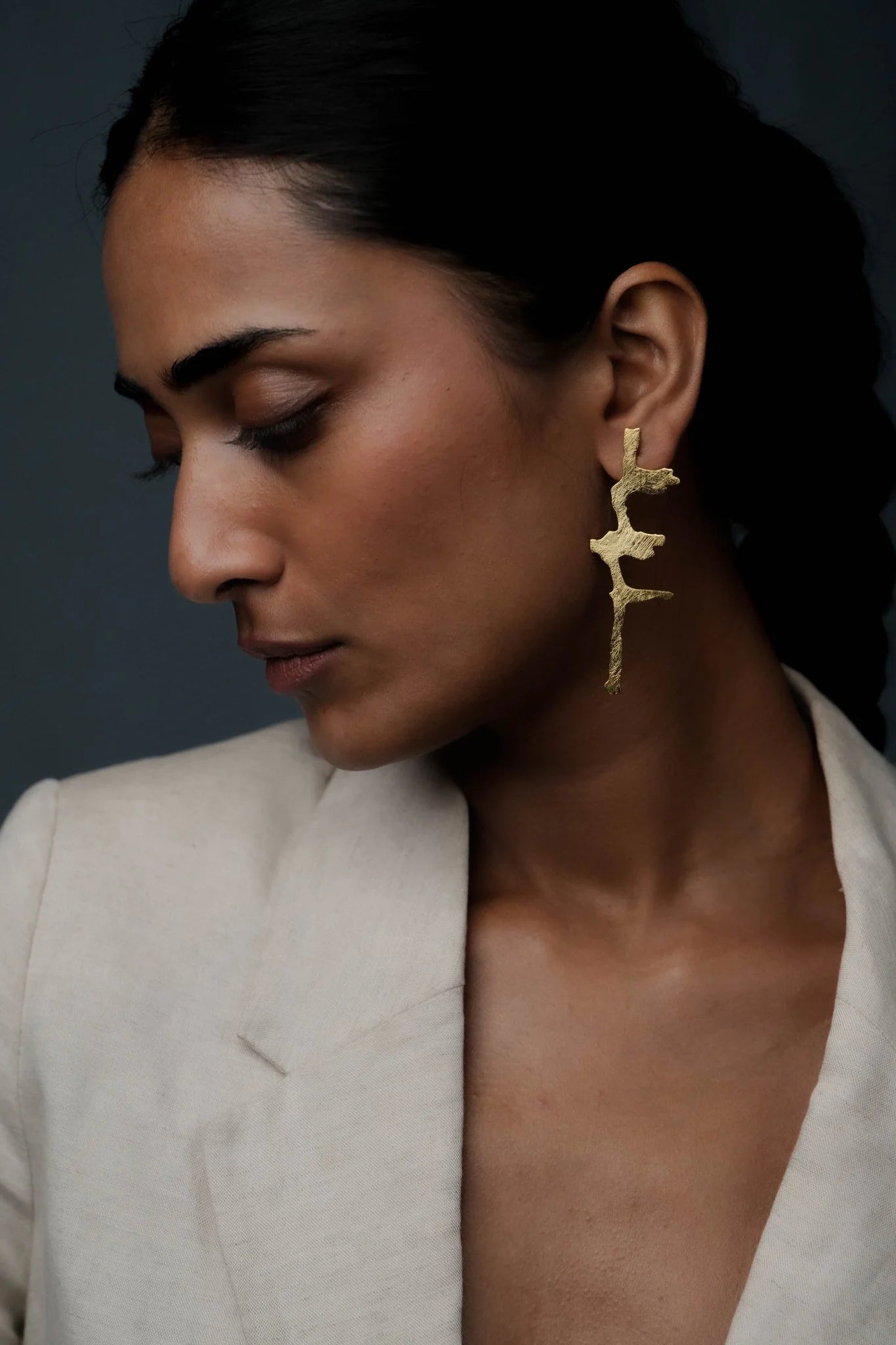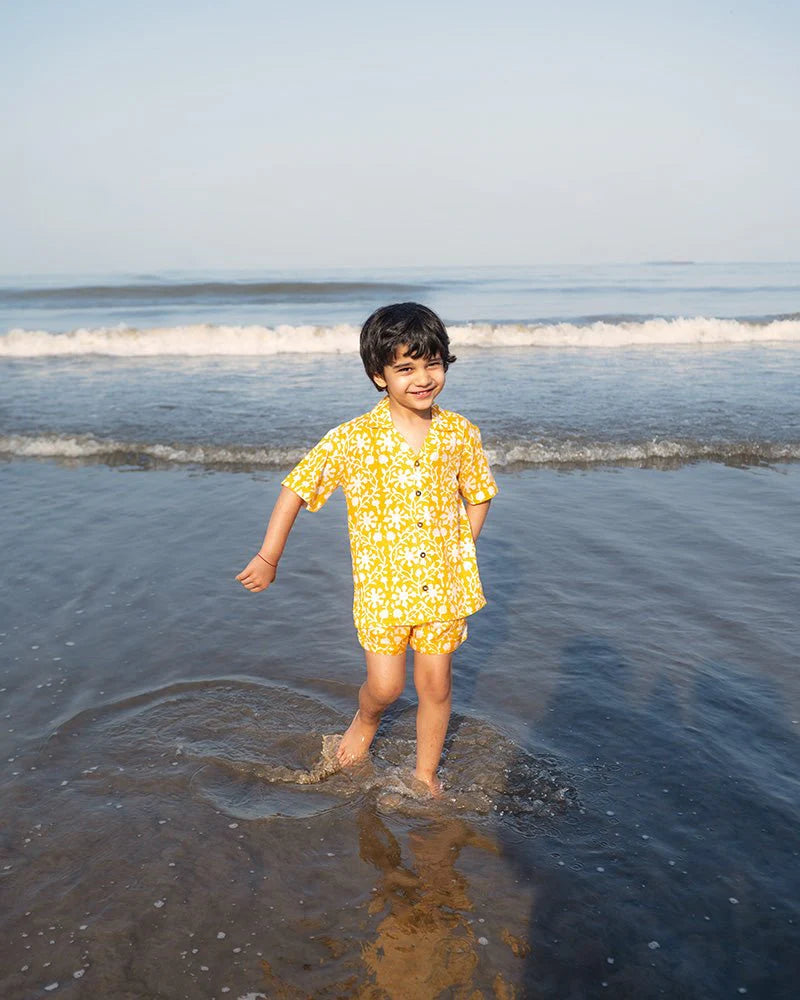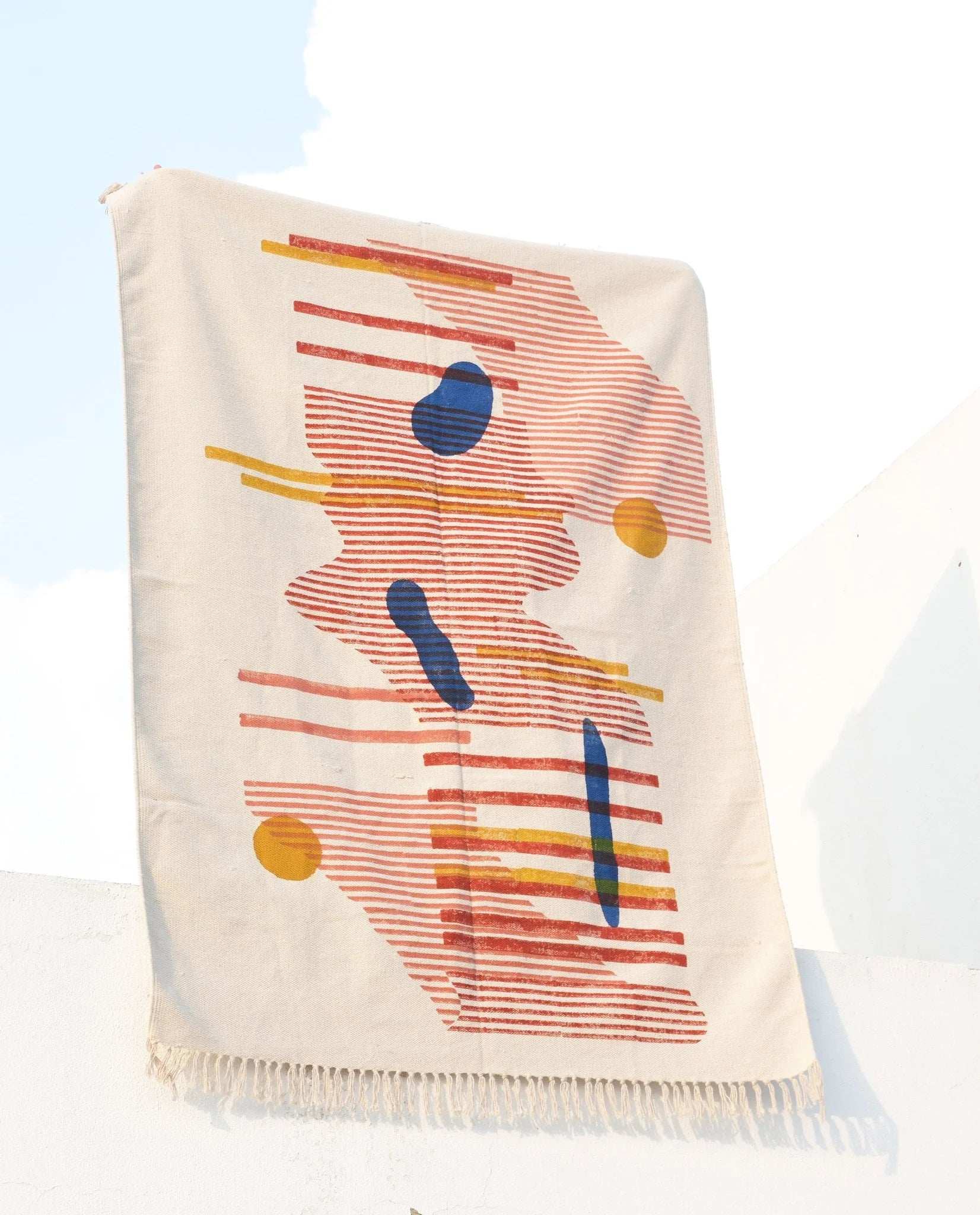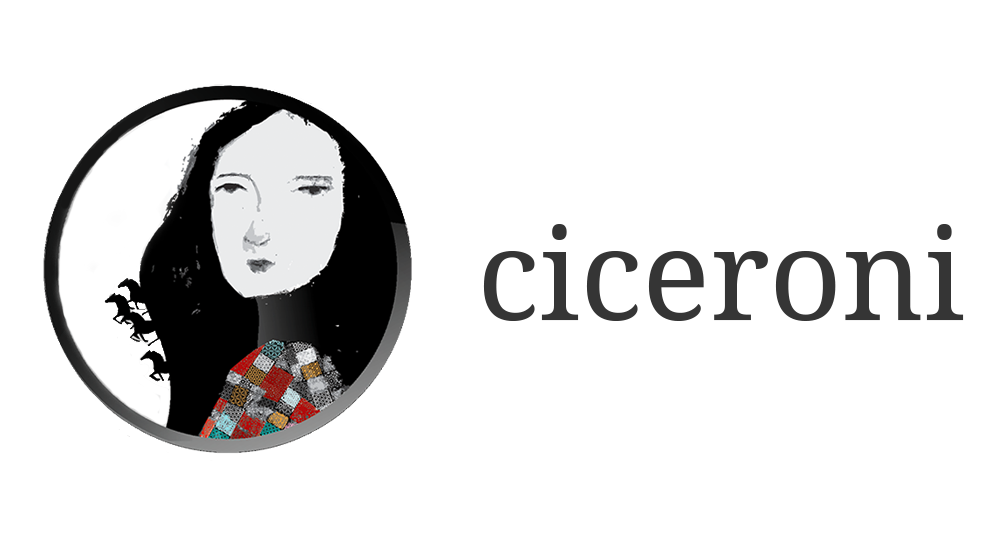Detecting its very first case in China’s Wuhan in December 2019, ‘Covid-19’ or the ‘Coronavirus’ has by far spread across almost every continent and sub-continent in the world leaving no stones unturned, disrupting lives and economy all at the same time.
From manufacturers and retailers to artisans and workers, every sector of the economy is bearing the brunt of the pandemic barring the essential commodities. Termed as a “non-essential”, the winds of change are sweeping the fashion industry as the industry stays put at a stand-still amidst the unprecedented lockdown. With diminishing revenues, stagnant markets and e-commerce, canceled fashion weeks and exhibitions and closed retail outlets and manufacturing units, the fashion industry blankly stares at the future.
So what’s next for fashion?
According to the McKinsey Report, India’s apparel industry is the 6th largest in the world with expected valuation at approx. 59 billion USD by 2022. Numerous international brands were due to launch in India alongside the existing brands setting up new branches across various cities, all of that has come to a halt due to the pandemic.
With “social –distancing” becoming the new norm and “money-saving” becoming a matter of utmost concern, how will the retail fashion brands ensure adequate revenue to survive?
Adding his insights to the thought, Thomas Varghese Business Head – Textiles, Acrylic Fibre, Overseas Spinning at Aditya Birla Group said “Downtrading and e-commerce will become the trend in coming times as the pandemic has resulted in loss in revenues for a majority of fashion brands who are now looking for opportunities to sell their existing stock, cut down additional expenses and in many cases laying off employees to stay afloat. Luxury fashion segment will see a downfall with consumers shifting their interests towards mindful and affordable shopping.”
Being optimistic about the future of luxury fashion brands, Khushali Chauhan of JadeBlue said “In the near future, shopping definitely is going to be more need-driven than a want driven market for the middle and upper-middle class of the society. Also, we at Jade Blue feel that people will shift towards bespoke and fabrics. They will want to preserve and cherish a custom-made outfit more than ready to wear.”
India is known for its luxurious weddings and with the extended lockdown in place most of the weddings have gone online, making it a growing trend amongst the country’s millennials. Commenting on the ways to cater to the changing wedding fashion market, Khushali stated that “Online weddings might be the trend right now. However, weddings in India have always been a cause of celebration, and no matter how small the gathering, it will always be celebrated. There might be a scenario where people will travel less for their wedding shopping which may, in turn, be to our advantage. However, everything is very ambiguous as of now and we will be able to have the real picture only once the lockdown is lifted and all businesses are back to normal.”
Over the past few years due to globalization, the Indian Fashion industry has witnessed renowned and emerging designers and brands from across the globe showcase their collections in Indian cities through fashion weeks, luxury fashion exhibitions, and multi-designer stores.
Now with travel restrictions and changing needs, will the fashion exhibition segment remain the same?
Decoding the impact of Covid-19 on exhibitions and change in consumer buying patterns from exhibitions post-pandemic, Radhika Gupta, Co-Founder- Black Taxi Creative Concepts shared, “With increasing awareness among the consumers, the buying patterns will mostly depend on how mindfully are they shopping and from where. Are they willing to shop a product that lasts for a year, or something that will stay in their wardrobes for years to come? As far as offline events are concerned, they may not happen immediately but offline events are not going anywhere. You can’t take away the volume of sales exhibitions generate for brands along with the physical exposure they give to the brands. Black Taxi specializes in a niche segment of fashion which is “affordable luxury” and I think that segment of fashion is here to stay and will become more prevalent within the exhibition market. The one thing that will happen for sure is the filtration of serious and non-serious exhibitions from the market, which was a concern we were all experiencing and seeing for the past few years.”
Indian Textile and Apparel Industry accounts for around 4% of the Global Textile and Apparel Market. Not only that, the Textile industry in India is one of the largest contributing sectors in terms of its output, foreign exchange earnings, and employment. A major chunk of textile revenue is brought in by the multi-designer stores across the country. Multi-designer stores are beneficial for both the designers and the customers as it is a market with fewer middlemen, bringing designers and consumers closer than ever.
Kalindi Mehta, Owner- Saanja Multidesigner Store, Surat, on her thoughts on retail scenario of multi-designer stores post Covid-19, shared “There will definitely be a slow down in the retail clothing sector for at least 6 months or maybe more, considering the scenario of the pandemic. I believe that even after the Covid-19 crisis, people will first try to restore their businesses and basic life than shopping. With decrease in large gatherings and functions, people will choose to shop less in the coming time and that is the reason why digital media is said to be the future.”
Now that we understand the impact of the pandemic on the Business of Fashion, let us have a look at the trend that will define the future of Fashion in the coming years.
- Embracing Sustainability and Evergreen Fashion
It is true that mindful and ethical consumerism will be the trend of tomorrow. Consumers today are more aware of their surroundings and are willing to embrace a lifestyle that causes less damage to the environment. Supporting the idea of sustainability, Paromita Banerjee, Indian Fashion Designer and Founder/ Director- Paromita Banerjee said “ In my small little way, I am glad that my business and brand ‘Paromita Banerjee’ for the past ten years, has been concentrating on slow fashion; fashion that has passed through the hand of multiple craftsmen before it finally reaches the wearer. Fashion that has stood the test of time and has become classics over time.”
While sustainability defines the future, there are multiple factors that are frustrating about the fashion system. Highlighting the loopholes in our fashion system Paromita shared that “I am pained with the fact that the consumer expects a new clothing range every time they walk into a store, which is almost every few weeks. The creative line is a long and exhaustive process and it is sometimes not possible to be a part of this race, ‘just because’. Also the fact that it has become the very nature of those in the show business, to be called out for wearing ‘repeat clothing’ , which in turn filters down to the psyche of the mass audience that repeating their clothes is bad and they are in this mad frenzy to shop for more. Or shop for new clothes every time there is a function to attend. They have stopped thinking of ways to reuse and look into their own wardrobes for inspiration. And finally, the fashion market is yet to rise up to the fact that less is more: the subtle clothing brands might have more effort put on their textiles and base fabrics, but the bulk of the audience wants their clothes to ‘speak’ from a yard away.”
- Boom in E-Commerce and Digital Media
Lockdown and travel restrictions due to the rise in Covid-19 cases brought Indian and International fashion weeks and events like Met Gala and Cannes Film Festival at a complete halt, but it did give rise to designers and organizers find creative ways to engage audiences.
One such instance occurred at the Milan Fashion Week in February, Giorgio Armani showcased his new collection in an empty, closed studio and preferred to live stream it than invite visitors, as Italy witnessed a splurge in Coronavirus cases. A social distancing becomes part and parcel of our everyday lives, fashion brands will have to reinvent themselves to cater to their customers through e-commerce as with time, digital media will become a necessity than just a choice.
- Innovative Science-Based Fashion
As uncertainty prevails across the world over Covid – 19, global fashion brands find creative ways to keep their businesses in place while creating new from the old. “Necessity is the mother of invention”. Rightly quoted, the fashion brands are now rooting into science-based fashion such as Masks and PPE for survival.
Commenting on whether the health-themed/ science-based fashion needs like bio-protective materials and body protective designs will become a mainstay of fashion in the coming times, Esha Agarwal Fernandes – Founder – Chambray & Co. said “It is absolutely a need-based decision for brands to make protective, functional clothing, almost as basic as making warm clothing for winters. Today the pandemic has the world scurrying for healthy food and supplementing vitamins. But what if you could avoid common flu and develop immunity simply by getting dressed? That´s the idea behind two garments designed by Olivia Ong, a former student at Cornell University. This is an apt example of “functional clothing” when fashion does something more than just making the wearer look good. At Chambray & Co. all our garments are made from plant-based fabrics and dyed using natural pigments, providing not only aesthetic satisfaction and environment preservation but utilitarian uses as well. Natural dyes have antimicrobial properties, making them safer for kids in particular and they do not contain harmful chemicals nor carcinogenic components and they provide higher UV absorption in the fabrics they are used on.”
Fashion is a barometer of what humans are experiencing. Through reinventing strategies and redesigning the design practices, Fashion will eventually find its way back to what can be termed “ESSENTIAL”.

